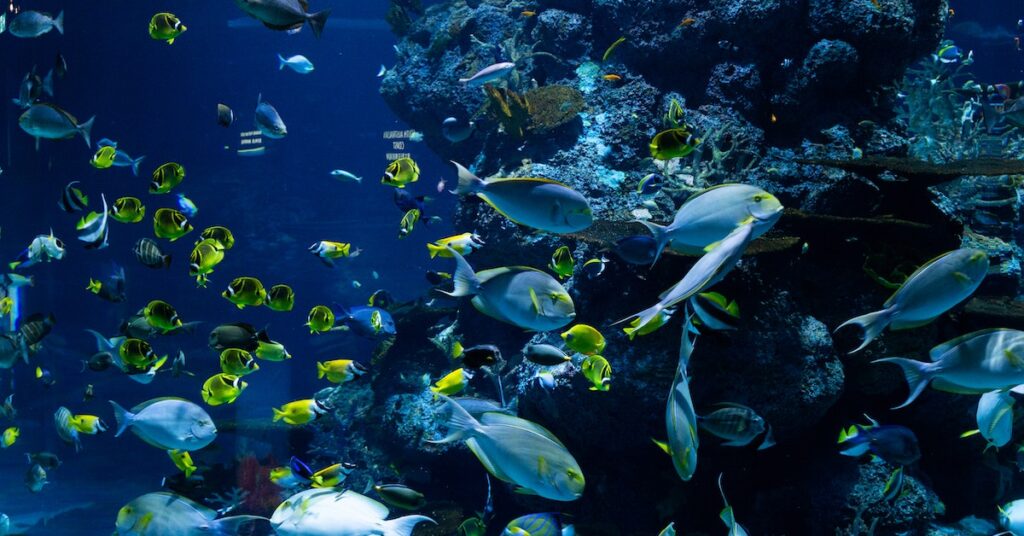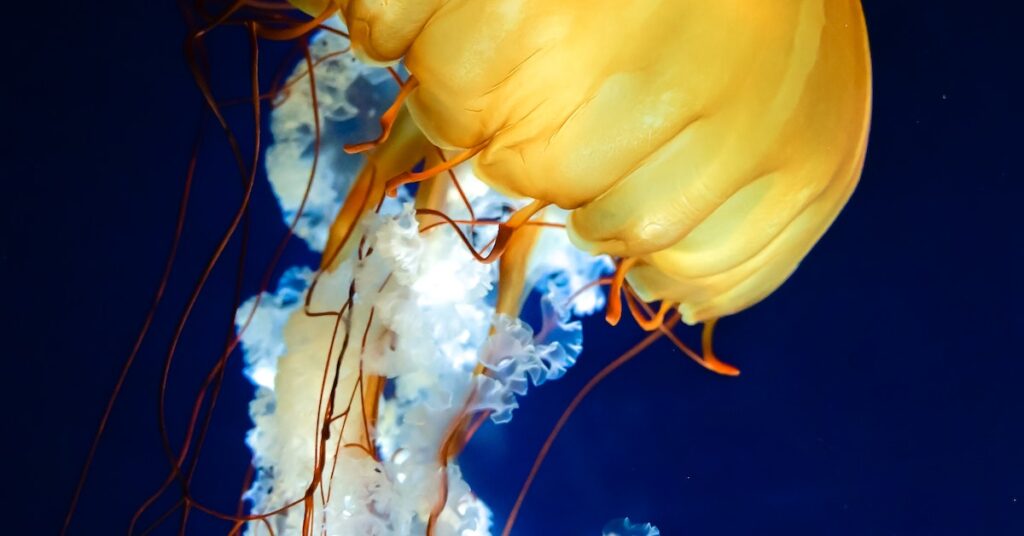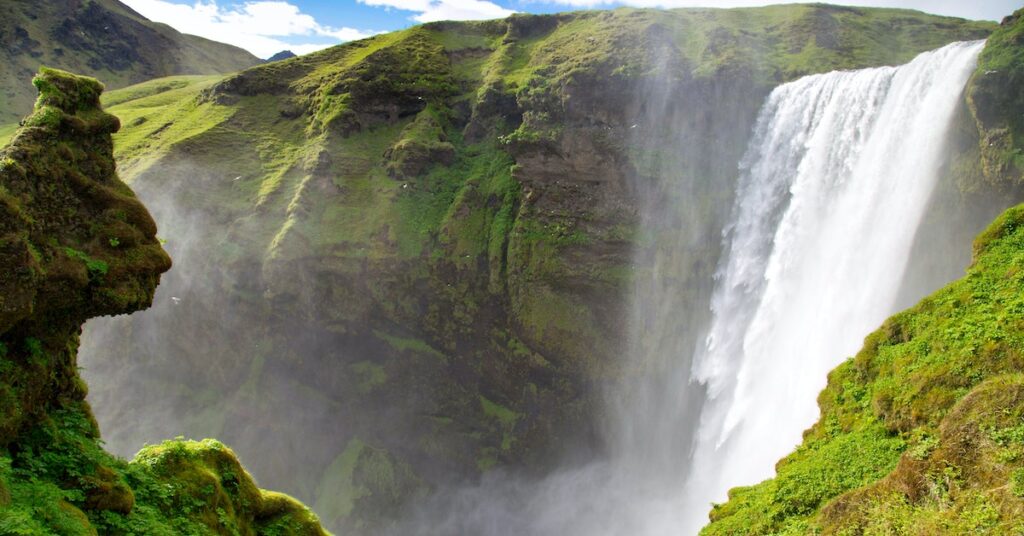The two-legged stance confers certain advantages in keeping cool. Humans’ upright posture exposes most of their bodies to the full sun compared to four-legged animals, who have the entire back exposed to the hot sun. Upright postures also expose more body area to cool air currents, which reduces the rate of heat gain from the desert floor. This adaptation may also be the key to a human’s ability to survive in deserts.
Adaptation to the night cold
The ability to survive in cold environments is critical for human survival. Humans have evolved to reduce heat loss and increase body heat production to protect themselves from the elements. The evolution of massive and compact bodies and smaller surface area have all contributed to the development of our physiological response to cold. Our physiological response to cold includes narrowing of blood vessels near the surface of our skin to maintain core body heat. This decrease in peripheral blood flow and heat loss allows us to stay warm throughout the night. In the desert, prolonged vasoconstriction can result in dangerous frostbite.
Extreme cold is particularly damaging to plants. They develop spikes and toxins to protect themselves against the cold. At the night, however, temperatures can drop to as low as four degrees Celsius, which is about 40 degrees Fahrenheit. This can result in irreversible damage to plants. As a result, plants grow only in areas above the freeze line. For this reason, human adaptation to night cold in desert environments is essential.
Adaptation to humid heat
The physical characteristics of human beings in the desert climate are a direct result of climatic variation. This article presents the characteristics of human bodies to determine their ability to tolerate the heat and humidity of a desert climate. The calculations are made according to the EN ISO 7933:2005 standard, assuming a desert climate with 50 degC air and radiation temperatures, 1.23 kPa water vapor partial pressure, 10% relative humidity, and 0.2 m/s air velocity. The researchers estimated a metabolic rate of 80 W/m2 at rest and assumed thermal insulation of clothing to be 0.6 clo. The study also examined the effects of various environmental factors, such as access to water.
Adaptation to heat is a complex process. Although humans are relatively good at maintaining body temperature, they are not good at conserving water. The primary mechanism for cooling the body is sweat, which evaporates to cool the skin. On a hot day, a human can lose up to 12 liters of water, equivalent to about 3 gallons, from their entire body. Humans also have a special mechanism for cooling their large brain, where blood from the face and head sweats enters the skull through tiny emissary veins.
Adaptation to dry heat
As we continue to explore the roots of both cold and heat adaptations in humans, it is important to understand how our bodies respond to these conditions. Our body temperature is regulated by the hypothalamus, a gland in our brain that receives signals from the skin’s thermoreceptors. This gland controls both vasodilation and vasoconstriction, allowing us to maintain a constant temperature regardless of ambient temperature. While we may not have adapted to the desert environment, humans have long survived in a hot climate and today have air conditioning to make life easier.
Although the climate in deserts is extremely hot, it is important to note that plants have developed remarkable strategies for adapting to this extreme environment. The cholla cactus, for example, has evolved remarkably in order to survive the hot desert environment. This plant also provides insight into the possibility of living in a hotter planet. The fact that plants and animals can survive in this climate is encouraging for scientists who study human adaptation to hot climates and arid environments.
The adaptations of the fennec fox and other animals have been documented in the desert. These animals have adapted to dry heat by developing thick shells that reduce water loss. Sand lizards, which live in desert environments in Europe, are aptly named ‘dancing lizards’ because they dance. The jackrabbit is another example of a desert animal with a unique adaptation. Their long ears contain blood vessels that release heat. Similarly, desert vultures urinate on their legs to cool themselves off.
Adaptation to nocturnal animals
Many desert animals are nocturnal. These animals are better able to avoid the midday heat. Other animals, such as nocturnal migratory birds, are nocturnal because they use starlight as a compass to determine their direction. These animals’ behaviors may be adaptations to their habitats, but it’s hard to say for sure why humans have adopted this trait.
Desert mammals are mostly nocturnal, including foxes, coyotes, rats, and rabbits. Desert reptiles include lizards and snakes. Their diet is made up of berries, plants, eggs, and whatever else they can find. Many of the desert’s birds are crepuscular and therefore require a water source to survive. Some nocturnal animals are even crepuscular.
Predators have different light requirements and preferences. In the daytime, they can process more light than their nocturnal prey. But nocturnal animals have a limited amount of light, which makes it challenging for humans to recognize them. The animals also have different acuities. While diurnal animals have a wide range of light spectrums and high luminance, their nocturnal predators must cope with low light levels and limited rays.
Adaptation to water
Animals living in a desert have evolved a variety of strategies for conserving water. They have developed insulating fur on the tops of their bodies, and their abdomen and legs are relatively bare. Kangaroo rats, for example, do not eat meat and only eat seeds that are high in carbohydrates and low in fat. Because fat requires more water to process, they avoid them and pass thick uric acid instead. Cactus mice survive on fruits and insects, and elf owls and kit foxes get their water from prey.
Peter Starkweather, a biological sciences professor at UNLV, studies the physiology of organisms that thrive in a desert environment. He and his students study the adaptations of animals and plants to abiotic stressors, including wind, heat, cold, salinity, and drought. Their findings may one day influence how humans and other species can survive in such an environment. It is not always clear how they do it, but the adaptations they make may help protect these areas from extinction.
In addition to examining the role of climate change on fish populations, the findings of the study also revealed that genetic variation may help populations adapt to extreme environments, including arid conditions. As a result, it is important to preserve a large gene pool, so that the populations can evolve and respond to environmental changes. These results will aid in developing climate-change adaptations. Arid environments, especially the desert, are not an ideal setting for animals to live in, but they can be beneficial in many ways.
Adaptation to wind
Some deserts are characterized by varying amounts of wind, with speeds exceeding 60 miles per hour. These winds are capable of carrying sand and dust across continents and even oceans. African dust, for example, can cross the Atlantic Ocean, resulting in yellow sunsets on the Florida coast. Other desert features include flat, rock formations, and smooth canyons. These characteristics distinguish the desert from wetter areas, where regular rainfall and lush vegetation are common.
Adaptation to temperature
The study also highlights the role of emissary veins in the human body in regulating temperature. Humans are extremely good at maintaining body temperatures, but terrible at conserving water. The primary way that humans keep themselves cool is through sweating. Sweat is a natural evaporation process that helps cool the naked skin. In a single day, a human can lose up to 12 liters of water – about three gallons of liquid – through their skin. Humans also have a unique mechanism for cooling their big brain: blood from their faces travels through tiny emissary veins in their skulls and heads.
Arid conditions play a major role in evolution. Modern biotechnology has helped man adapt to the desert environment. Humans can deal with extreme temperature changes due to various physiological and technological adaptations. The human body tries to regulate the temperature of the body by regulating sweat production and temperature regulation by means of sudomotor control. It also increases the size of peripheral blood vessels and dilates the skin to facilitate heat loss by conduction.








